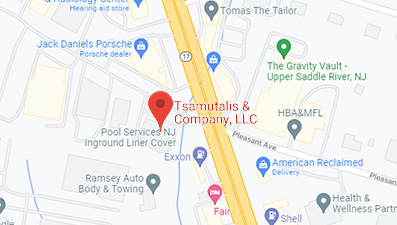
Along with the Tax Cuts and Jobs Act of 2017 came several new rules and limitations for depreciation and expensing. The new tax law increased the amount that a taxpayer can expense in the year the asset was placed into service. The maximum allowable deduction has been increased to $1 million from $500,000. The TCJA also increased the threshold for phaseouts to $2.5 million. The TCJA also loosened the restrictions on what can be considered Section 179 property. This loosening of restrictions now allows filers to include certain improvements made to nonresidential, tangible property that were made after the asset was put into service. Any improvement to the interior of the building that does not include increasing the size of the building, installing elevators, or altering the structure of the building is considered Section 179 property. The Tax Cuts and Jobs Act also increased the percentage of bonus depreciation a taxpayer is allowed to take to 100% from 50%. Only certain types of property are eligible for this bonus depreciation.
This property now includes used qualified property if the taxpayer didn’t use the asset before purchasing it or the taxpayer didn’t buy it from a related party. In order to qualify, the basis of the asset must not be inherited from the seller. The cost of the asset cannot include any carryover basis. In addition to the used qualified property, the TCJA includes qualified film, TV, and theatrical productions as property that are able to receive full bonus depreciation. The Tax Cuts and Jobs Act does not allow bonus depreciation for public utility property and assets used in companies that utilize floor-plan financing.
The new law has altered depreciation limits for vehicles. If the taxpayer elects not to take bonus depreciation, the maximum amount of depreciation is as follows. In year one, the maximum amount is $10,000. In year two the maximum is $16,000, in year three the greatest amount is $9,600, and for each subsequent year, the limit is $5,760. If the taxpayer does elect to take full bonus depreciation, the maximum deduction would be $18,000 in year one, $16,000 in year two, $9,600 in year three, and $5,760 in year four and each subsequent year.
The Alternative Depreciation System recovery period has been shorted by 10 years to 30 years. Because of the new law, qualified leasehold improvements, qualified restaurant assets, and qualified retail improvements have been assigned a 15-year recovery period. Due to the new law, a real property business, that chooses not to use Section 163(j), must follow the Alternative Depreciation System.
If you need help with your taxes, please contact or call us at (201) 692-1600.



